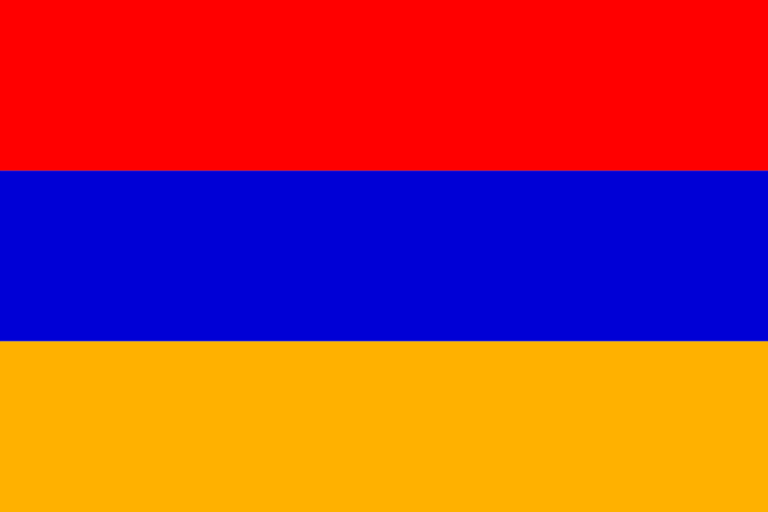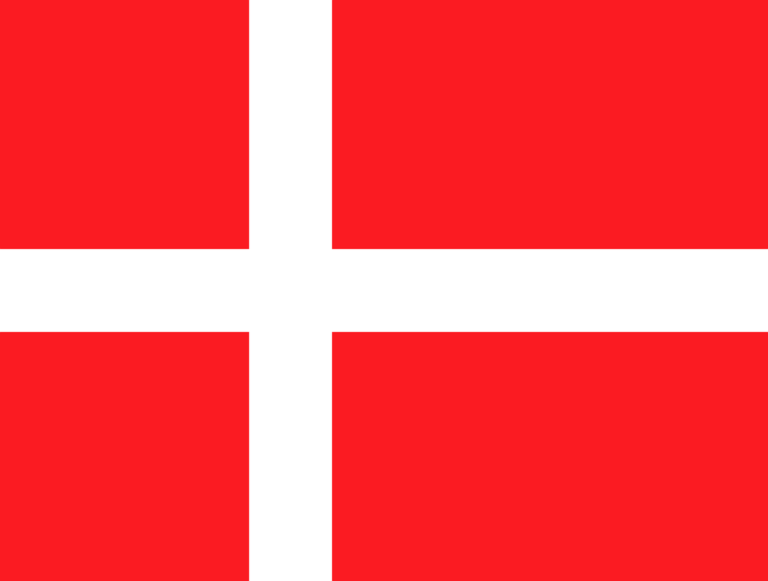Flags hold immense significance as powerful symbols of a nation’s identity, history, and values. The national flag of Latvia, with its striking design and meaningful symbolism, stands as a proud emblem of Latvian culture, independence, and national pride. In this blog post, we will explore the captivating story behind the Latvia national flag, delving into its origins, symbolism, historical significance, and enduring importance in Latvian society.
Origins and Design:
The Latvia national flag, known as the “Latvijas karogs,” features three horizontal stripes: a carmine red stripe on top, a white stripe in the middle, and a carmine red stripe on the bottom. The carmine red color represents bravery, courage, and the blood shed by Latvian soldiers in the fight for independence. The white color symbolizes purity, peace, and the desire for harmony among the Latvian people. The flag’s design represents the nation’s journey towards freedom and the core values of Latvian society.
Symbolism and Meaning:
Each element on the Latvia national flag carries deep symbolism. The carmine red stripes symbolize the courage, sacrifice, and resilience of the Latvian people throughout history. They also serve as a reminder of Latvia’s struggle for independence and the determination to preserve freedom. The white stripe represents unity, peace, and the pursuit of harmony among Latvians, irrespective of their background or beliefs.
Historical Significance:
The current design of the Latvia national flag dates back to the early 20th century when Latvia gained independence from the Russian Empire. It was officially adopted on November 18, 1918, the day when Latvia proclaimed its independence. The flag played a vital role during the country’s fight for freedom and has since become a cherished symbol of Latvia’s sovereignty, resilience, and the unwavering spirit of its people.
Cultural and National Identity:
The Latvia national flag holds deep cultural and national significance for the Latvian people. It is proudly displayed during national holidays, celebrations, and public events, symbolizing the shared values, heritage, and pride of the Latvian nation. The flag fosters a sense of unity, identity, and patriotism among Latvian citizens, reinforcing their connection to their land, traditions, and the preservation of Latvian culture.
International Recognition and Influence:
The Latvia national flag is recognized internationally as a symbol of Latvian culture, independence, and national identity. It represents Latvia at various international events, diplomatic missions, and sporting competitions, showcasing the country’s contributions to the global community. The flag’s design and symbolism have also influenced various artistic and cultural expressions, reflecting its impact and recognition beyond national borders.
The Latvia national flag, with its vibrant carmine red and white stripes, stands as a powerful symbol of freedom, history, and national pride for the Latvian people. It embodies the values of courage, unity, and the pursuit of peace and harmony. The flag serves as a constant reminder of Latvia’s rich cultural heritage, the struggles and sacrifices of its people, and the unwavering commitment to preserving independence. As Latvia continues to shape its future, the national flag will remain a cherished emblem, representing the unity, pride, and unwavering dedication to the progress and prosperity of the Latvian nation.






